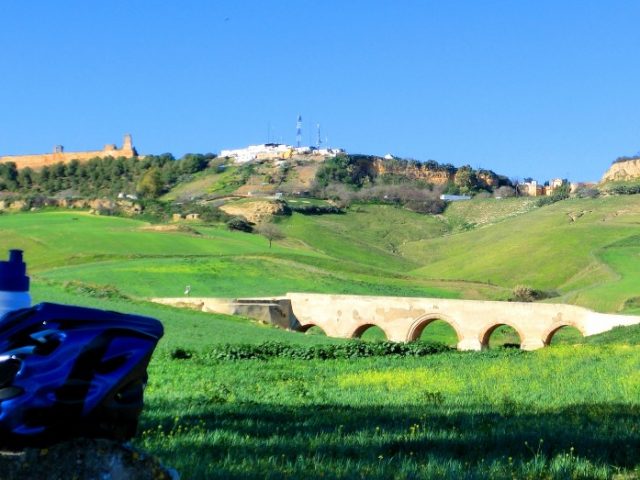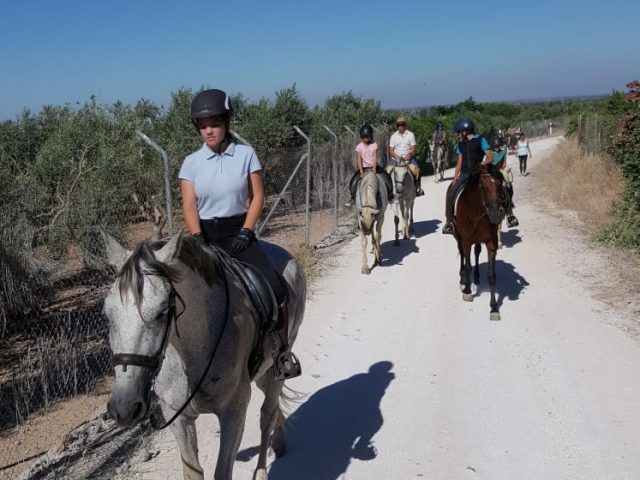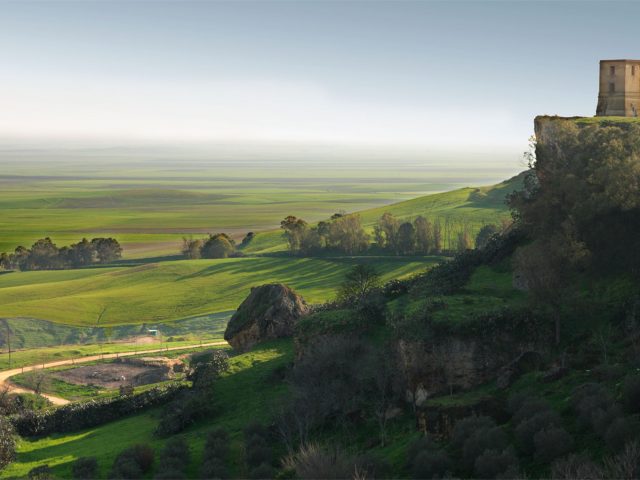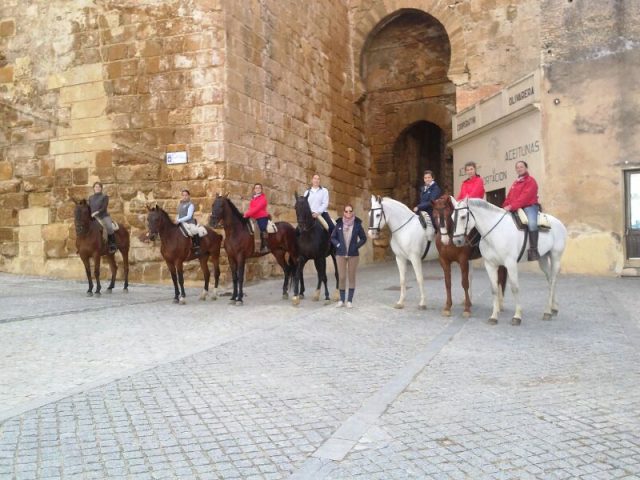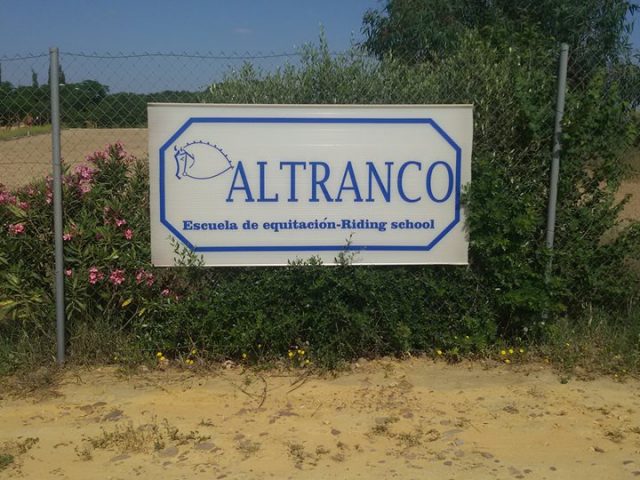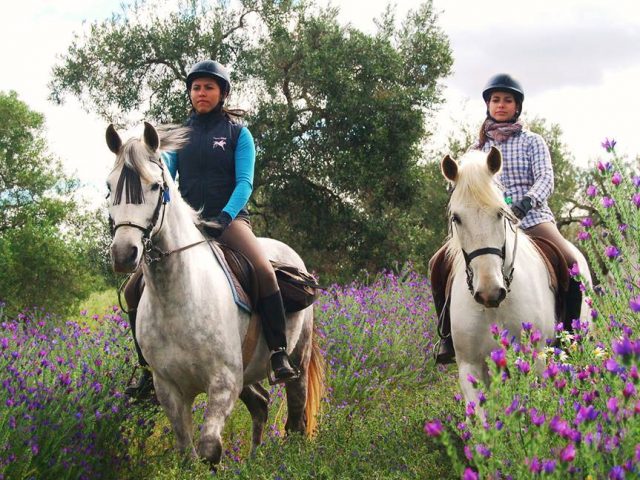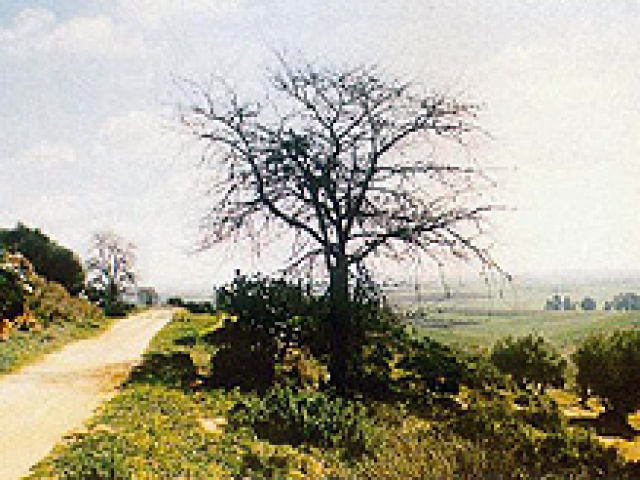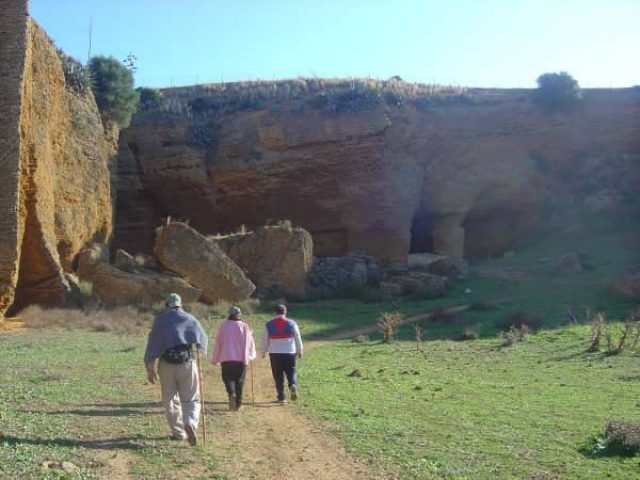Carmona sits atop the last major peak of the Alcores range at an altitude of 235 m, from where it dominates the vast, fertile plain known as La Vega del Corbones.
In its time, Carmona was one of the main populations of the Lower Guadalquivir. The environment that surrounds the town gives us a clue towards its historic importance. The city could control the main communication routes from the Guadalquivir valley given its naturally strong defensive position, on the Los Alcores hillside, above the Vega de Carmona lowland and the terraces.
Los Alcores are a tertiary formation of a triangular structure, which goes from the northeast to the southeast between the towns Carmona and Alcalá de Guadaíra. They are detritic limestone that appear as a conglomerate of very fragmented fossil remains joined by calcareous cement.
The Vega de Carmona is a plain bordered by the river Corbones to the northeast and the river Guadaíra to the southeast, formed by vertical clay ground that breaks up during arid times and becomes humid during the wet season. Wild olive trees are the most common vegetation, but they have practically disappeared due to the intense farming carried out on this landscape.
Las Terrazas stagger over 20 km between the Los Alcores hills and the banks of the Guadalquivir in its confluence with the Corbones.
Carmona offers different trails in its surrounds, such as Cueva de la Batida environmental trail, which links heritage and natural elements found among Carmona’s Sevillian countryside.






